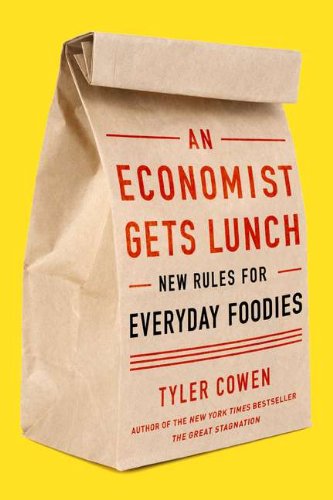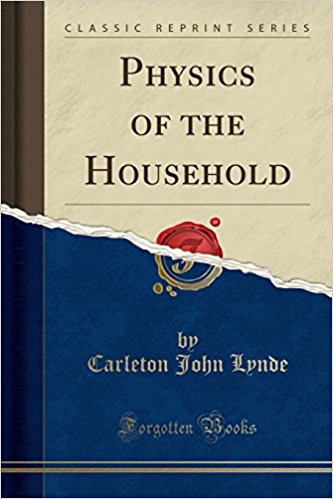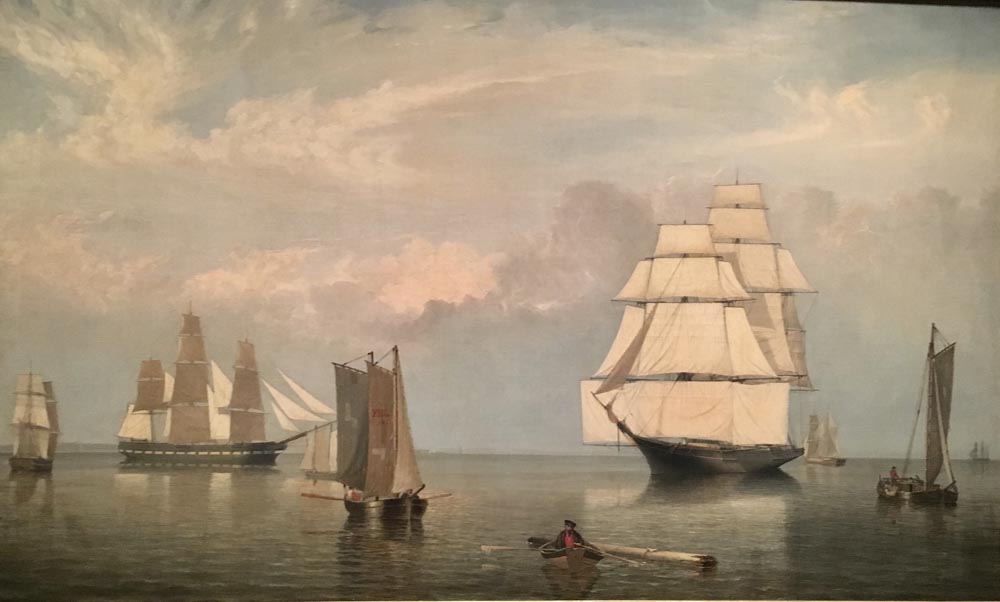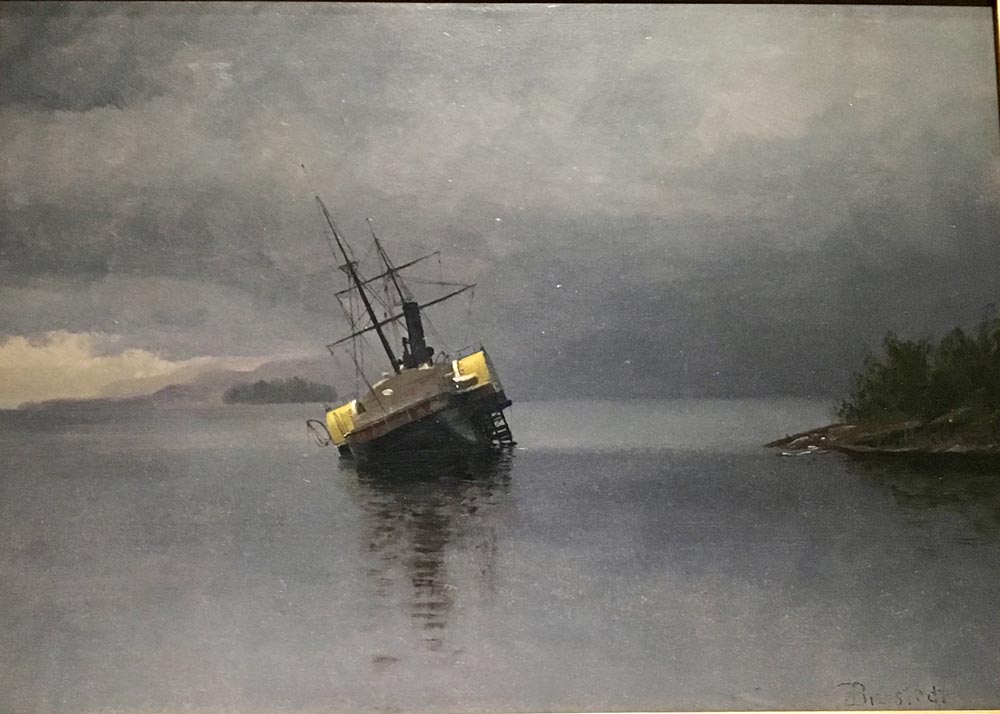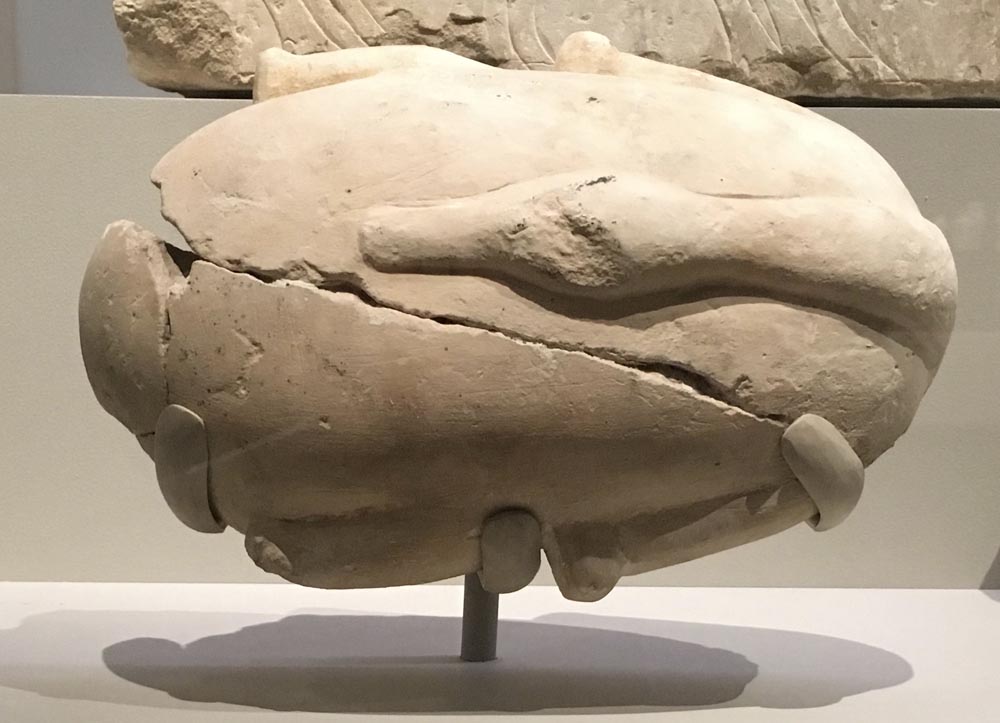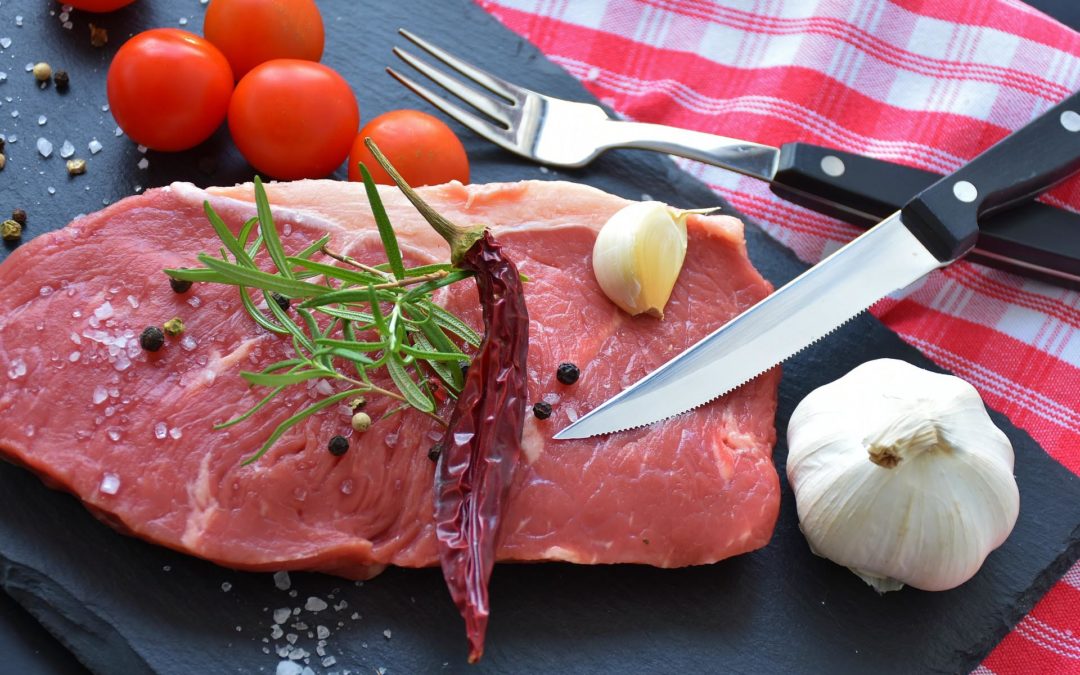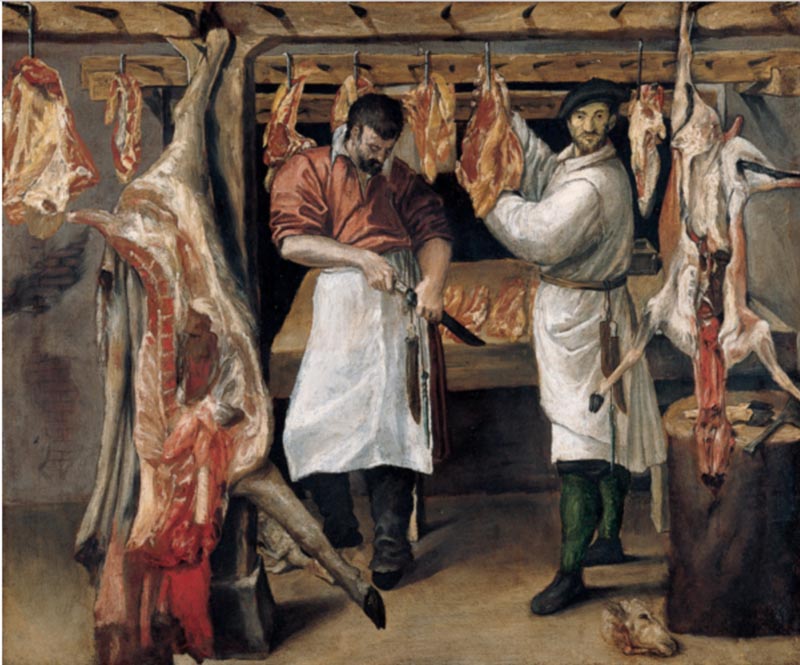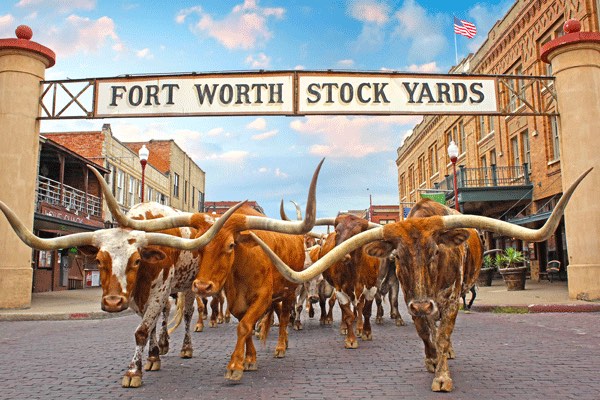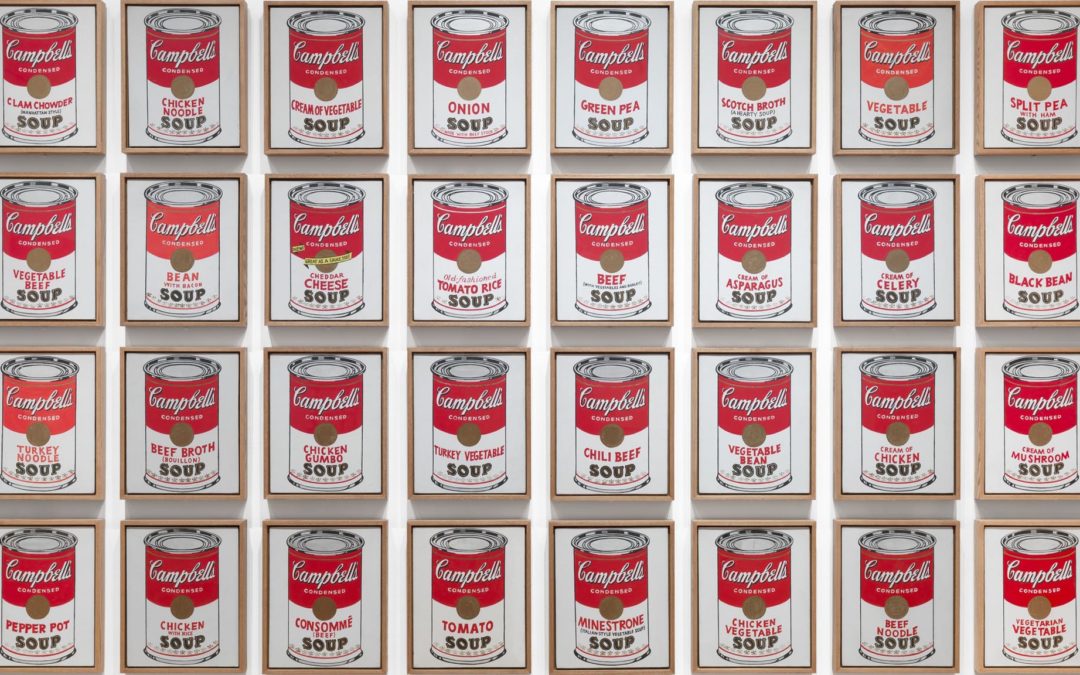
Food Preservation: It’s in the Can
Whether boxes, bags, or cans, food needs some sort of protection from the environment, and cans tell a story of multiple technologies, not all of which came together at the same time.
Nicholas Appert, a self-taught chemist who was a cook, chef, and confiseur in Paris experimented in his shop while the citizens of his city marched on Versailles over the price of bread. Times were tough if you were hungry and not the aristocracy.
Access to food was a concern for more than just the Parisians during the Revolution. When Napoleon began his sweep across Europe, he was aware that his army traveled on its stomach. So Napoleon challenged the citizens of France to come up with a way to make food last longer while the navy was at sea and his armies were assembling his empire. Appert responded with a way to sterilize food in glass bottles. His idea, he said, was a response to the general concern about over-consumption of sugar, which was used as a preservative. He saw his technique as a way to lessen the amount of sugar in preserved food. (Yes, that was in 1810. Our current concern about eating too much sugar apparently has a history of about 200 years.)
“When Napoleon began his sweep across Europe, he was aware that his army traveled on its stomach.”
Appert won the cash prize but not the patent. Almost at the moment he published his work, several British engineers and entrepreneurs scooped up the idea and received a patent, soon turning Appert’s invention from glass to tin.

Bryan Donkin’s tin can, based on Appert’s sterilization technique
Though Appert would die poor (no patent, no money), his discovery of sterilization as a way to preserve food was a foundational innovation. Cans and can production technologies followed as inventors experimented with heat, metal, and machinery to process food for longer durations before consumption. Of course, it wasn’t until 50 years after the can appeared that it became openable. The can opener didn’t arrive on the scene until 1866.
“Of course, it wasn’t until 50 years after the can appeared that it became openable.”
The idea of preserving food in tin cans attracted the attention of entrepreneurs in Britain and the U.S. during the Civil War. Like France, both sides of the American conflict wanted to feed their armies so they could remain in the field. Experiments for condensing food, like milk and soup, emerged as a way to package food without the additional liquid weight.
Food technologies that not only preserve food but also lessen its weight must relate in some way to the cost of transport. The connection between lighter food and lower fuel costs may have been an incentive for these early inventors.
There’s a lot more to explore about canning and other food packaging technologies. It’s intriguing to note that when canned food appeared, it became mysterious. Consumers began to demand labels and certification that would verify the contents of the can. The loss of transparency in the food supply chain may have begun with the tin can.

